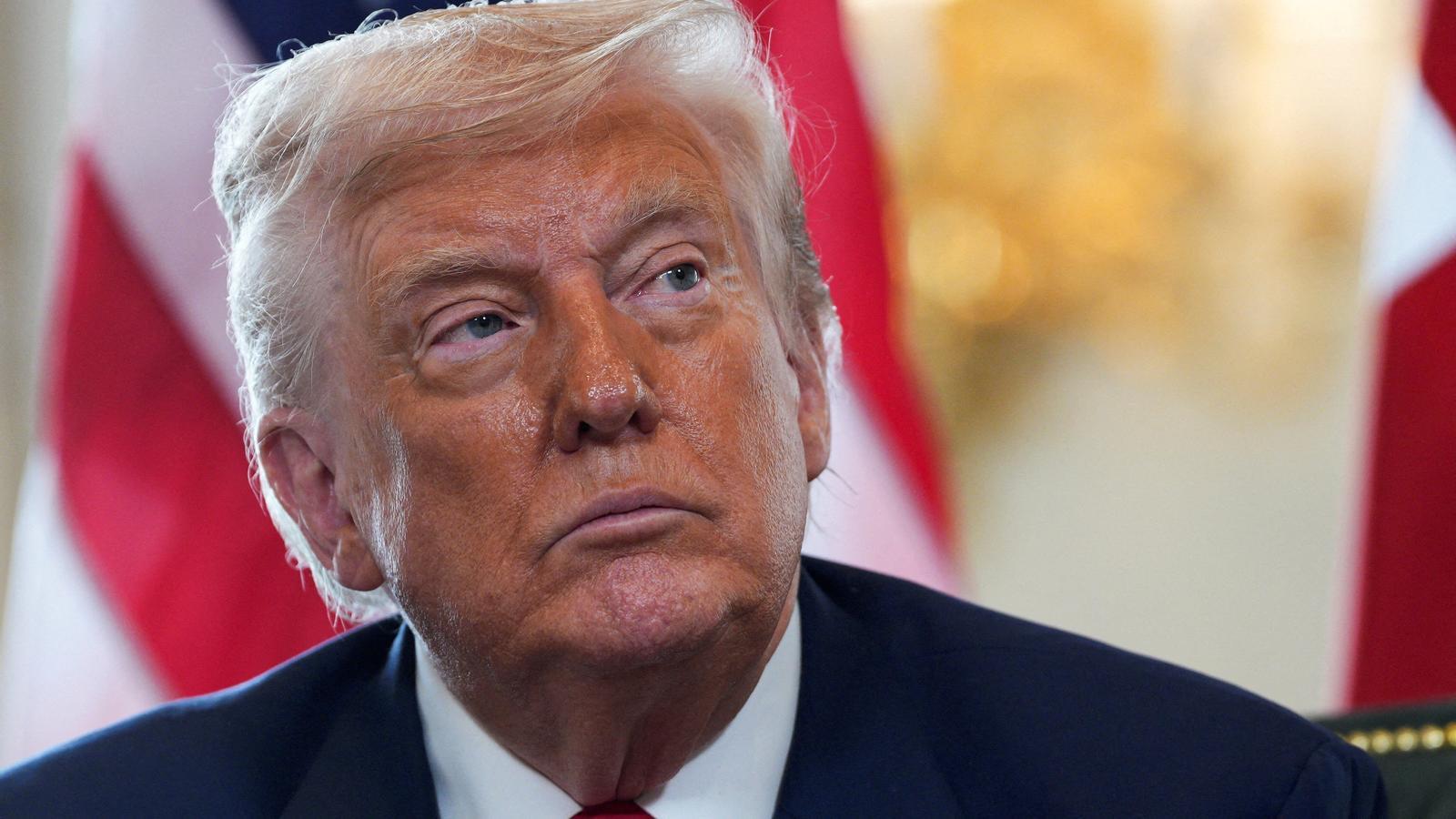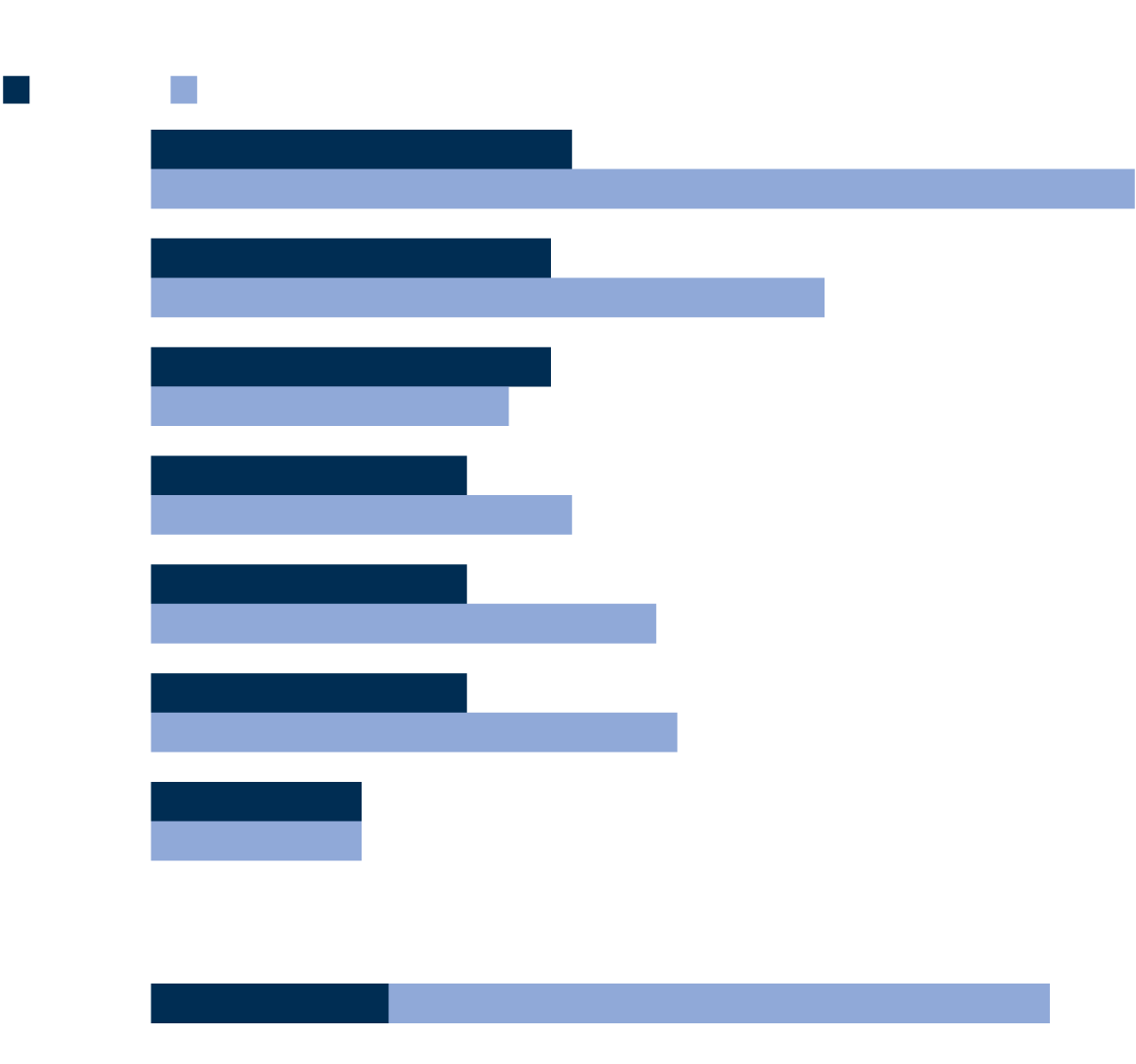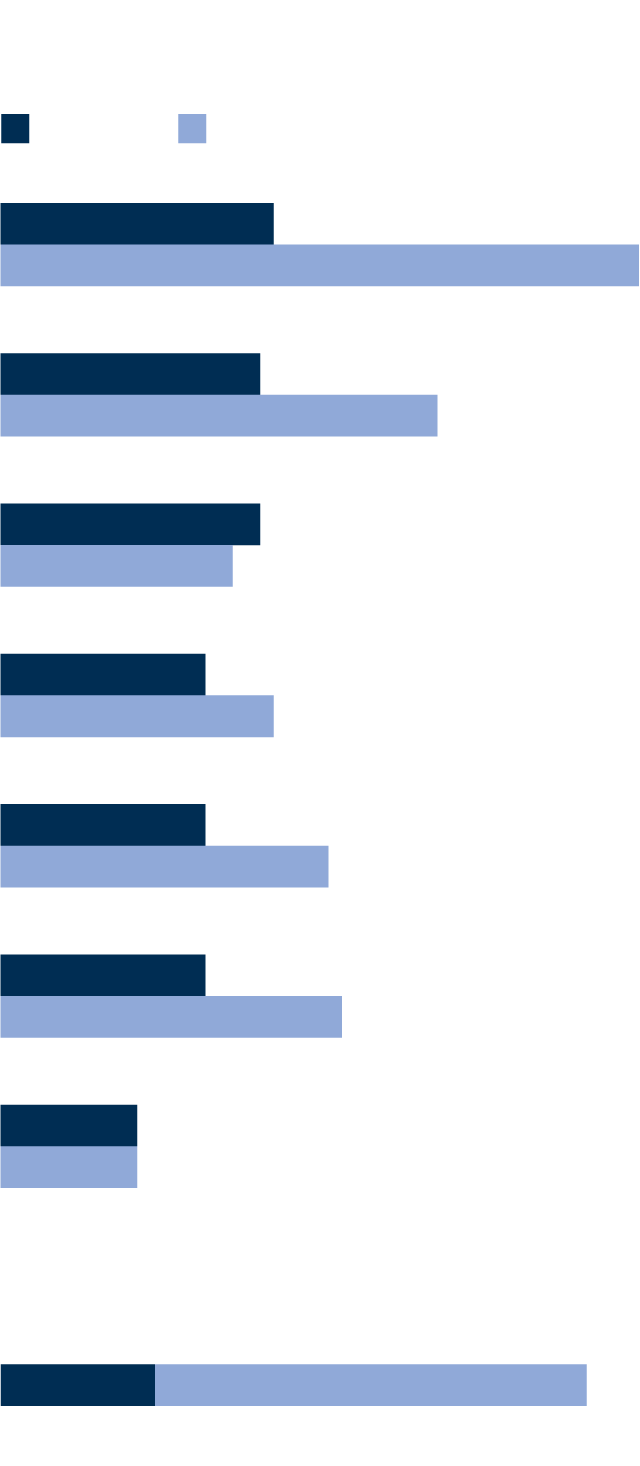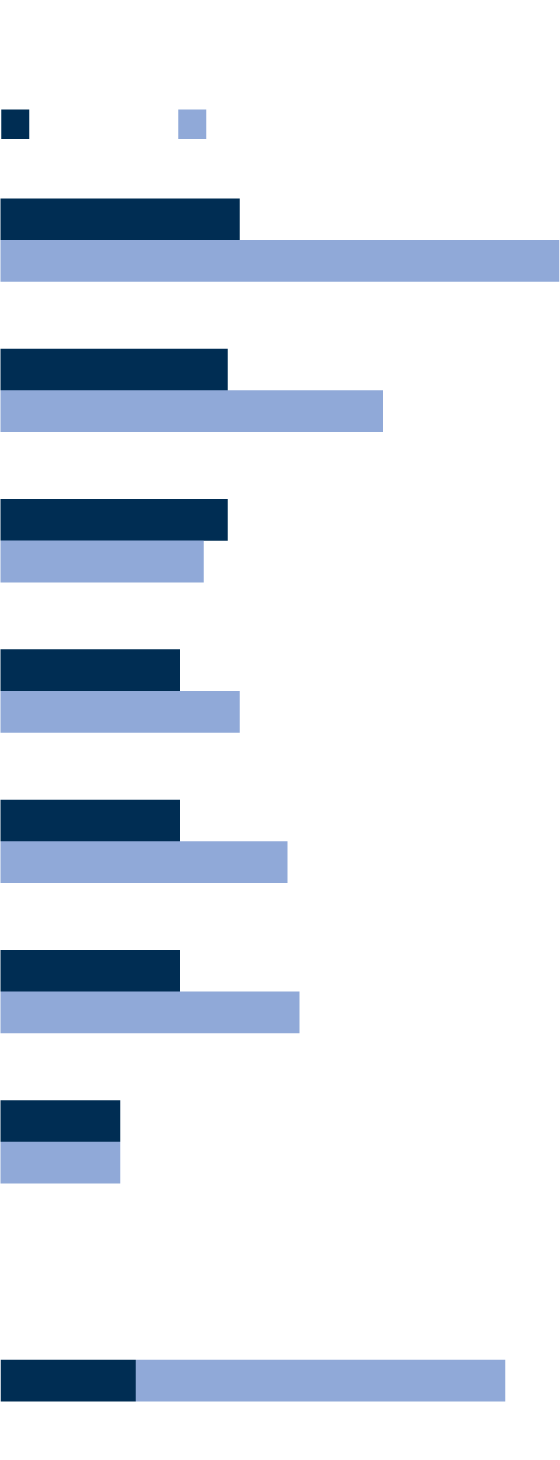Trump postpones tariffs (and announces new ones): What do they look like now?
The tariffs announced by the president will take effect on August 7, not this Friday.


BarcelonaYet another twist on Trump's tariffs. While all tariffs on US imports were scheduled to take effect this Friday, the US has once again postponed the implementation of the measure. August 7th is now set as D-Day. In addition to this postponement, Trump has also unveiled a new tariff schedule affecting all countries that have not yet reached a trade agreement with the US. The new tariffs, in some cases, reach 50%, as is the case with Brazil. In Europe, the most affected countries were Switzerland (39%) and Serbia (35%).
What are the current tariffs in the EU?
Trump's new announcement has not significantly changed his existing plans with the EU. In fact, the only change is the start date of the tariffs: instead of this Friday, they will begin to be applied next Thursday. This is thanks to the agreement reached between Von der Leyen and Trump that set tariffs on European exports at 15%. It should be remembered that the rates applied throughout Europe have been reduced since the president's first announcement: while they were originally scheduled to be 20%, they will finally be 15%. Momentarily, in the face of trade tensions between the two blocs, Trump's tariff threat rose to as much as 50% in the EU.
The postponement of the tariffs comes the day after the European Commission (EC) Trade spokesman, Olof Gill, confirmed that the wine, cava and spirits sector would not be exempt from the trade agreement with the United States, which will set them at 15%.Despite this confirmation, the specific list of products that will be exempt from the tariffs is still unknown. However, Gill assured that they will continue negotiating to ensure that the wine sector is excluded from the agreement.
Other bilateral agreements and the new tables
Aside from the European Union, six other countries have managed to lower tariffs through bilateral agreements with the Trump administration. The United Kingdom (10%), Vietnam (20%), South Korea (15%), Japan (15%), the Philippines (19%) and Indonesia (19%) are the countries that are left out of the new tariff tables. reciprocal tariffs from the US president. To achieve this, as the European Union did, they have agreed on individual trade terms with the United States. A positive balance has been established, a 10% tariff has been set. It should be remembered that Trump conceived the concept of a trade balance on April 2, which the president christened the Liberation DayTrump decides whether a state trades "fairly" with the United States by dividing the difference between imports and exports.
While these new tariffs have meant an improvement for many states, the other side of the coin has been experienced by countries like Switzerland. Donald Trump has set tariffs on the Alpine state's exports at 39%, one of the highest rates on the list. In fact, it ranks just outside the top three countries most affected by reciprocal tariffs, which are Syria (41%), Laos (40%), and Myanmar (40%). At the European level, Serbia has also been one of the biggest losers, with a 35% tax on its products.
Fentanyl and allies
Outside the so-called reciprocal tariffsTrump has also updated other tariffs in several countries. This is the case with Canada. The White House announced it would increase imports from Canada by up to 35% because they maintain that the neighboring country has not "cooperated" in "curbing the constant flow of fentanyl and illicit drugs." Canadian Prime Minister Mark Carney was quick to respond: "Canada accounts for only 1% of US fentanyl imports and has been working intensively to further reduce that figure." The other country affected by the fentanyl tariffs, Mexico, was able to postpone the implementation of most tariffs for 90 days after Trump spoke with his Mexican counterpart, Claudia Sheinbaum.
Another new feature of the new US tariff plan has been the application of a new tax in BrazilAs previously announced, the country led by Lula da Silva will face an additional 40% tariff in retaliation for the ongoing trial of former President Jair Bolsonaro, a political ally of Trump. Thus, tariffs in Brazil are set at 50%, plus the 10% reciprocal tariff. But the measure includes up to 700 exceptions, including energy products, petroleum, vehicles and parts, civil aircraft, and orange juice.
China: imminent deal?
After the initial weeks of tariff disputes, China remains excluded from this new plan for the time being. In fact, after Washington and Beijing reached a temporary agreement in which the US reduced tariffs from 145% to 30% and China reduced them from 125% to 10%, the deadline for reaching a new agreement is imminent. Specifically, August 12th is the deadline for the tariffs to begin implementation. However, the deadline could also be extended: Donald Trump assured this week that the talks are "progressing well," although he did not provide further details.



